The Northumbrian sheep I’m currently locked in a staring match with must weigh about as much as I do.
If I collect her on the thermoplastic bodywork of the new Lotus Emira sports car I’m driving, I doubt the impression she would leave would simply pop back out again.
But besides being a sheep, she’s also a useful metaphor. Every time I come around the corner, there she is, licking the road again. She hops onto the verge for just long enough to let the bright red, fast-moving, rather noisy sports car by; and then straight away reassumes her favoured spot, tongue to the asphalt, right in the middle of the carriageway.

Could she be after the last of the winter’s salt before it gets washed off the road by rain, I wonder? Or be addicted to some chemical or solvent in the bitumen? Whatever it is, she’s not for chasing off the road to any lasting effect. There are thousands of lush acres of the North Pennines Area of Outstanding Natural Beauty to gorge on, and they really do look lovely today. But all she wants is the one ribbon of road running through the middle of them that’s likely, one day, to carry the hastily driven supermarket delivery truck of doom with her name on it.
Lotus was recently trapped in a vaguely comparable downward spiral itself: hamstrung by famously lacklustre management, starved of direction and investment and stuck in a rut of its own making, addicted to lightness and simplicity and reliant on a compelling but outdated model range. It needed a staged intervention, and, as we know, the fateful chariot that emerged from around the corner in 2017 came not to wipe it out but to rescue it, and it carried Chinese automotive industry giant Geely’s name on the side.
The firm has already had £100 million of investment in its UK manufacturing facilities. A bold rejuvenation plan will see its model range expand to include the Lotus Evija electric hypercar later this year; the Chinese-built Lotus Eletre electric SUV in 2025; an entry-level electric sports car soon afterwards; and a fourth larger all-electric GT-style model to boot.


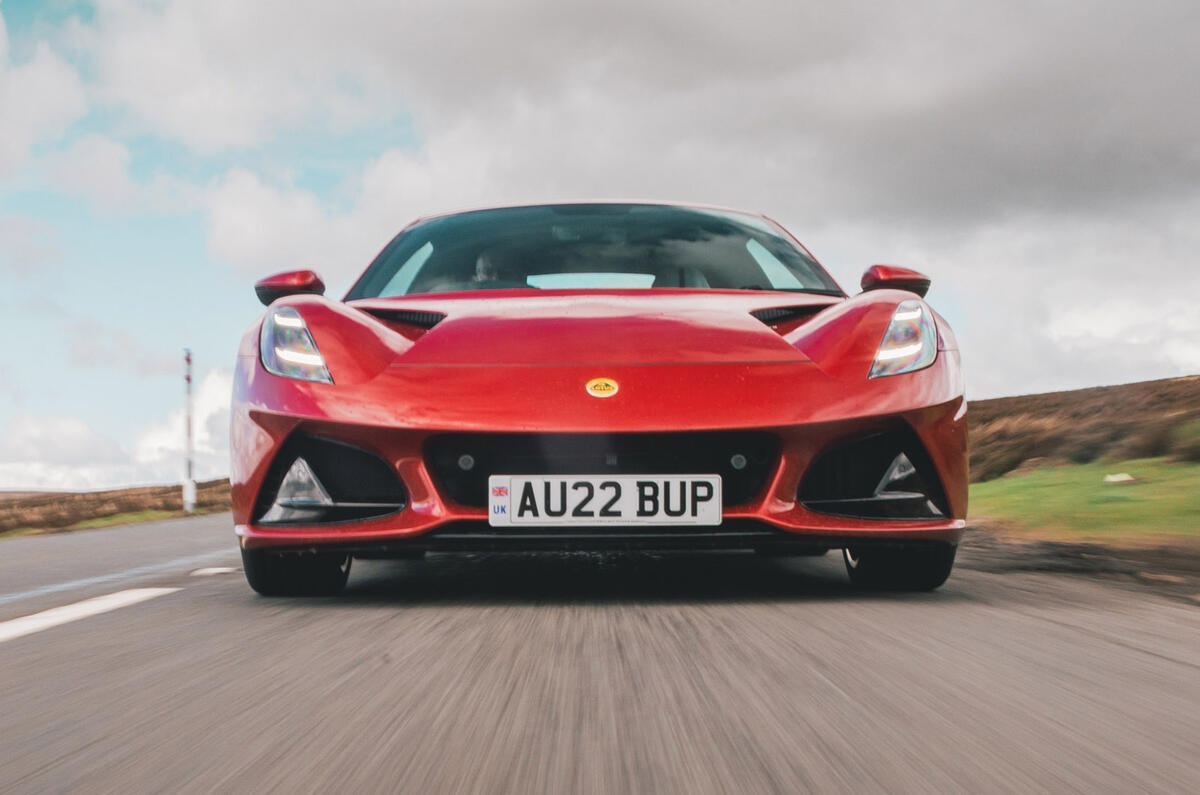
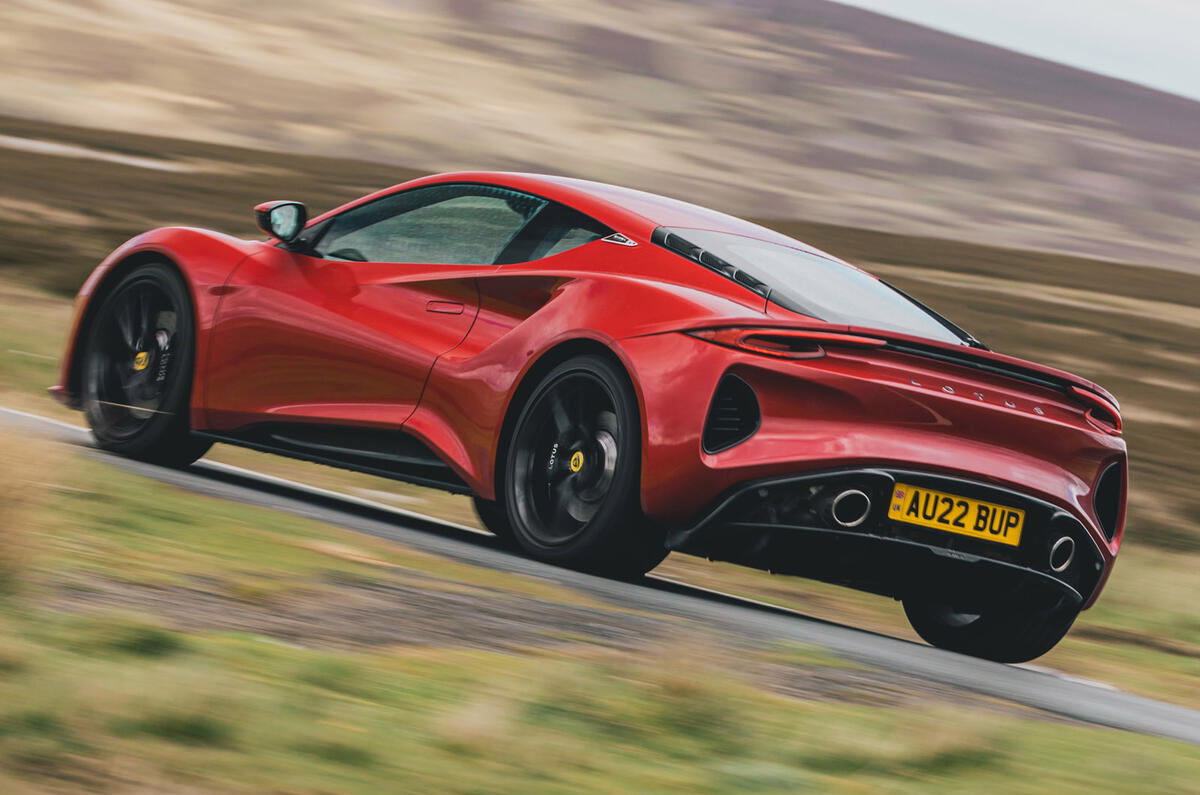
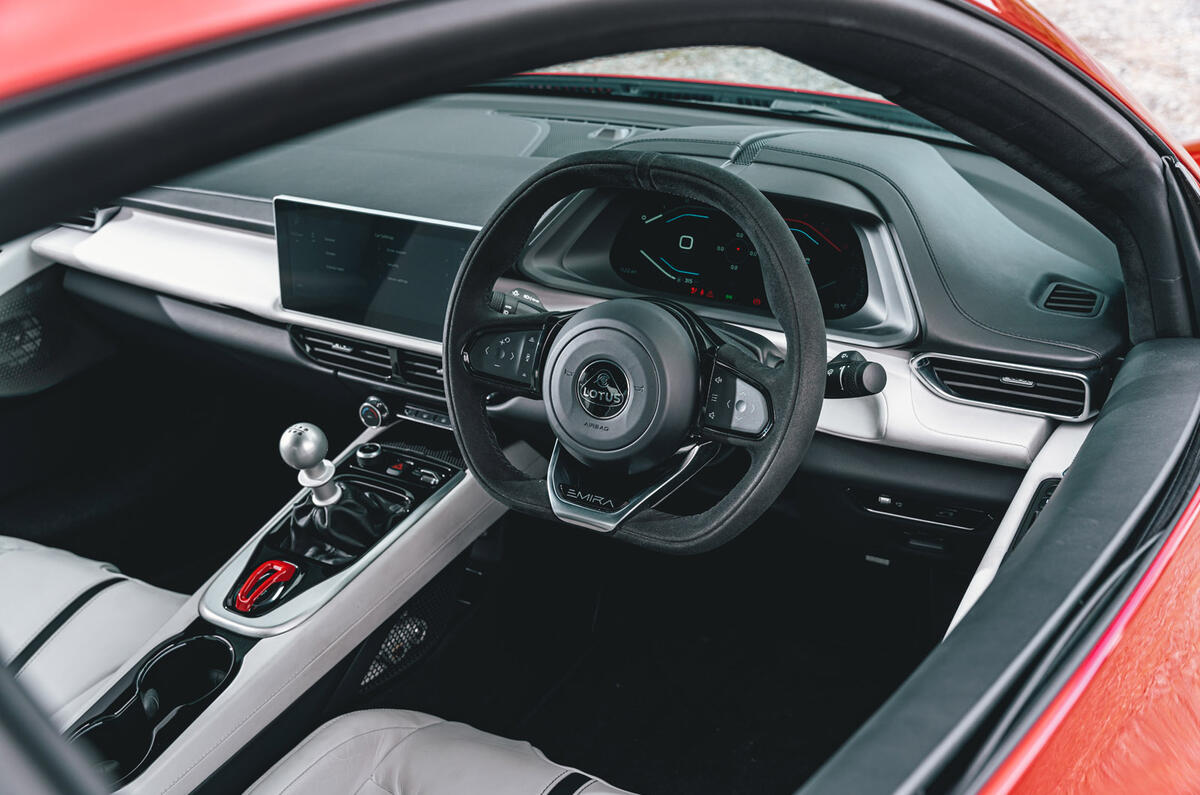
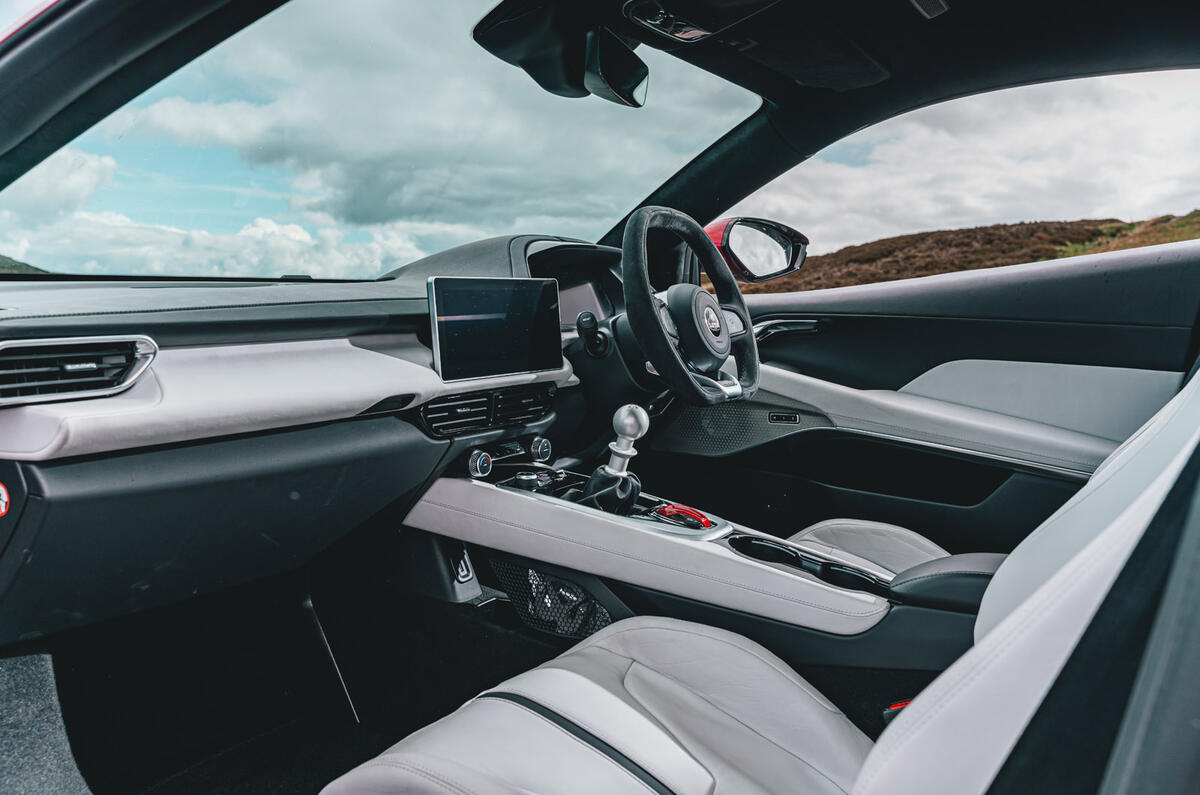
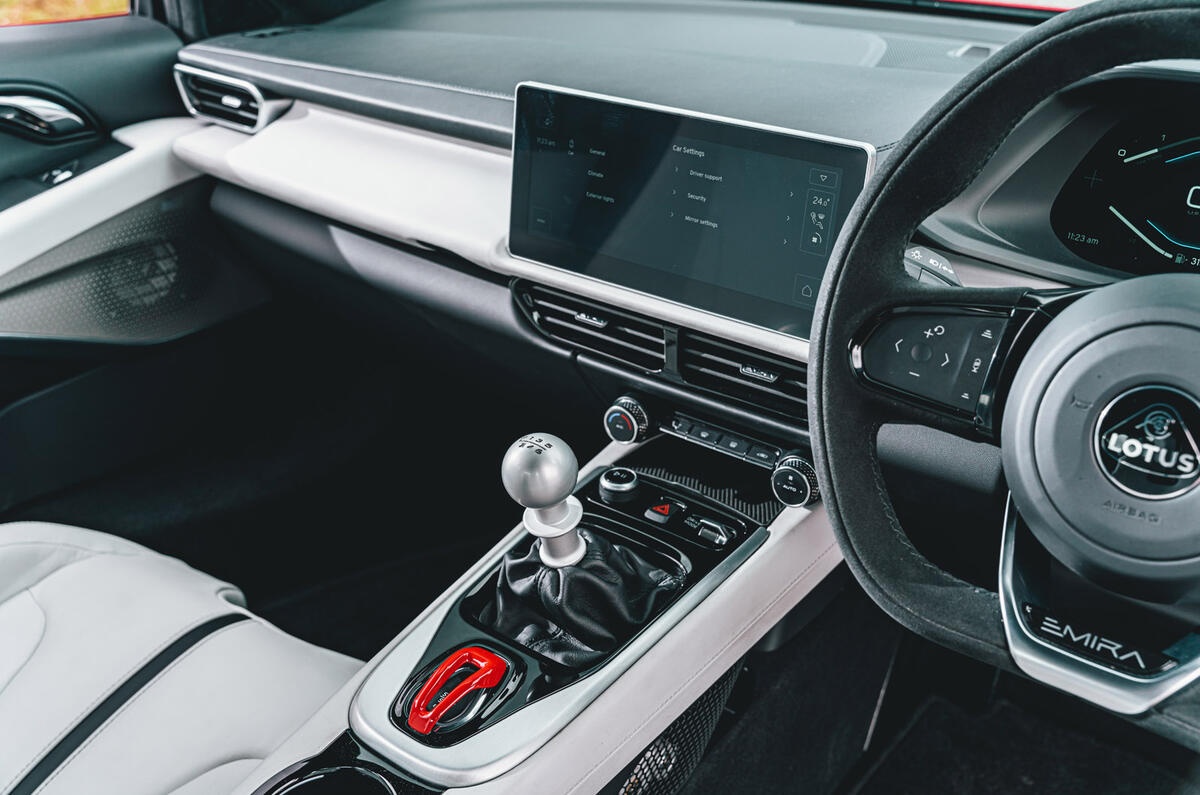
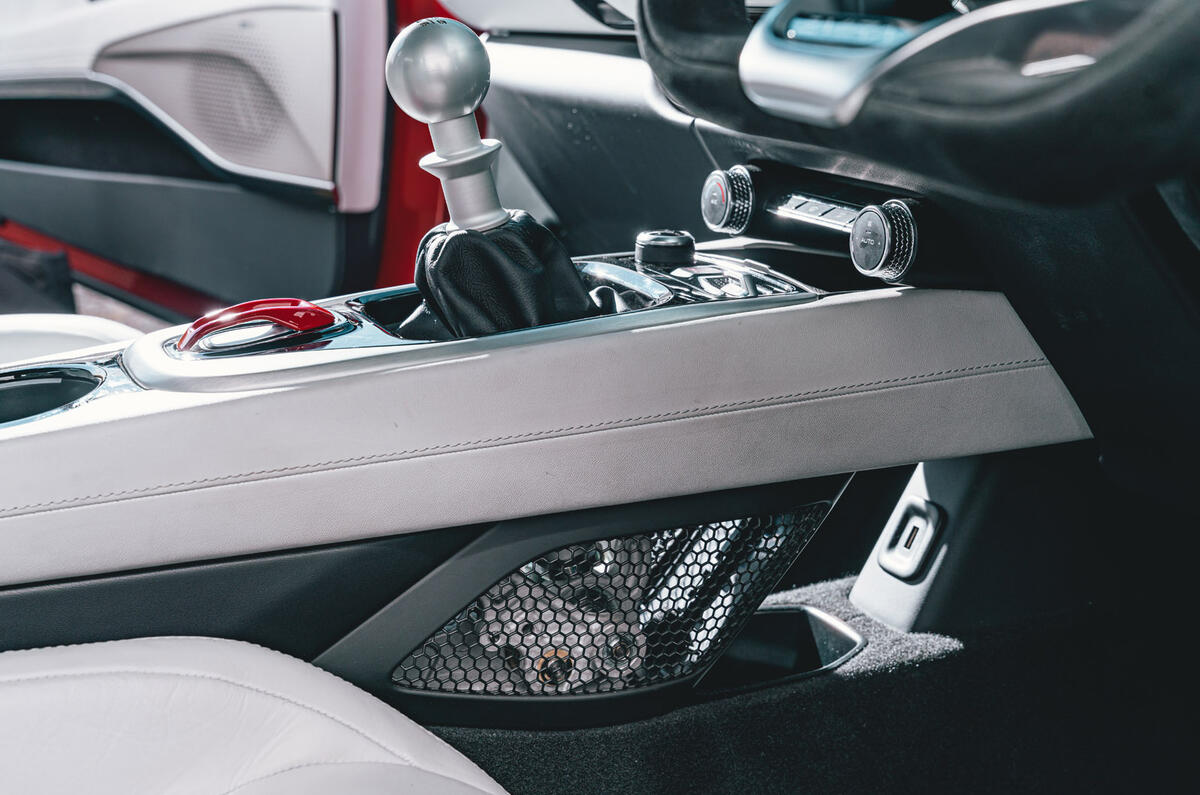
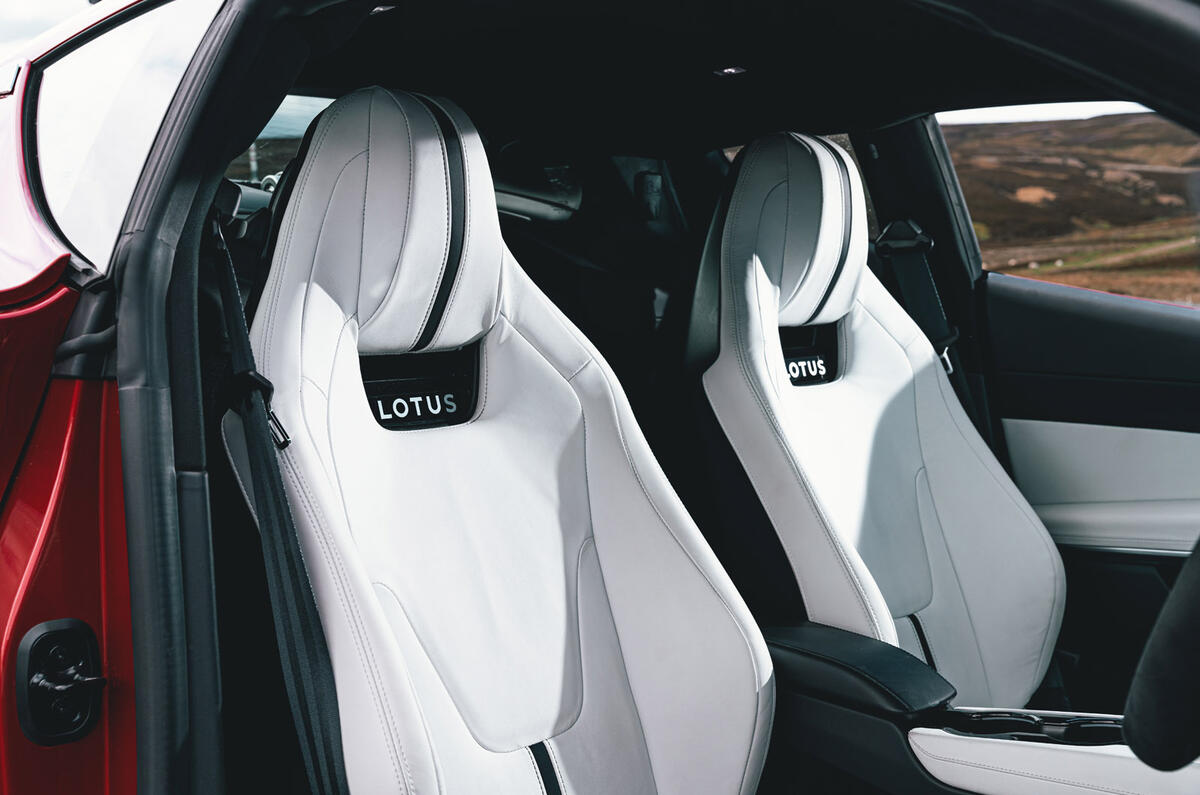
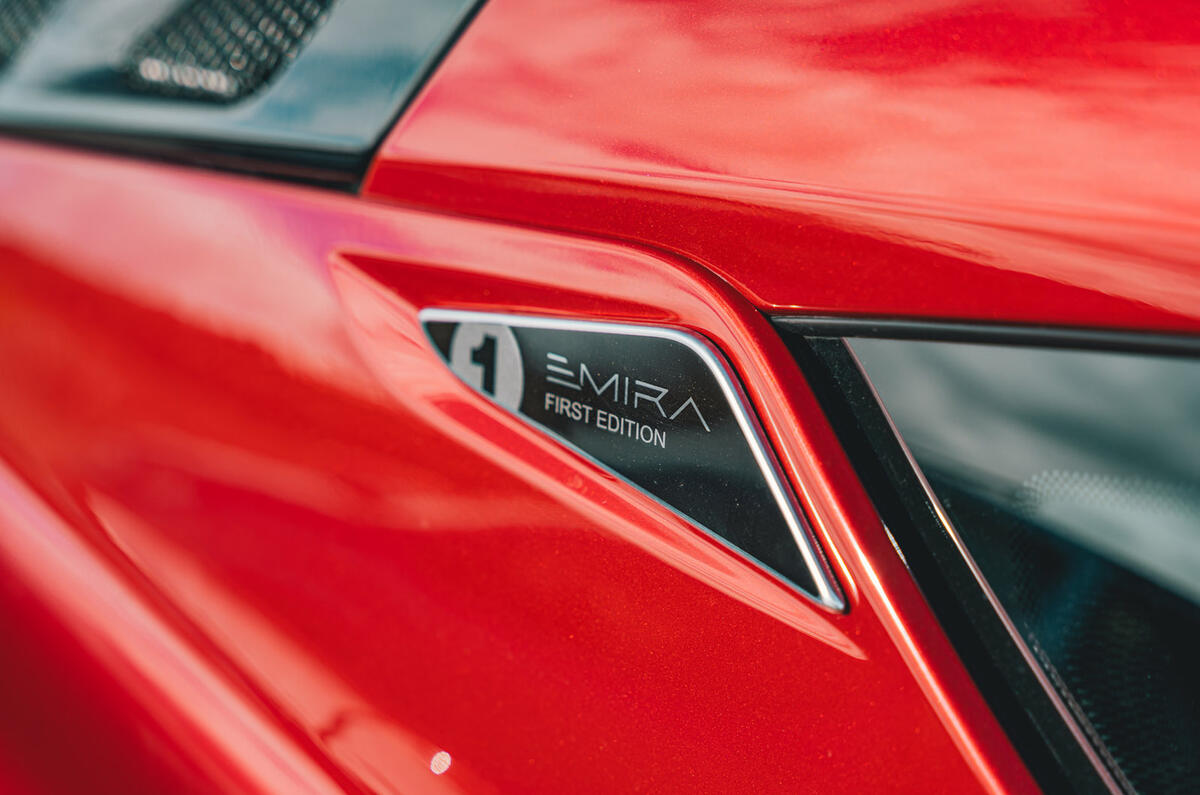
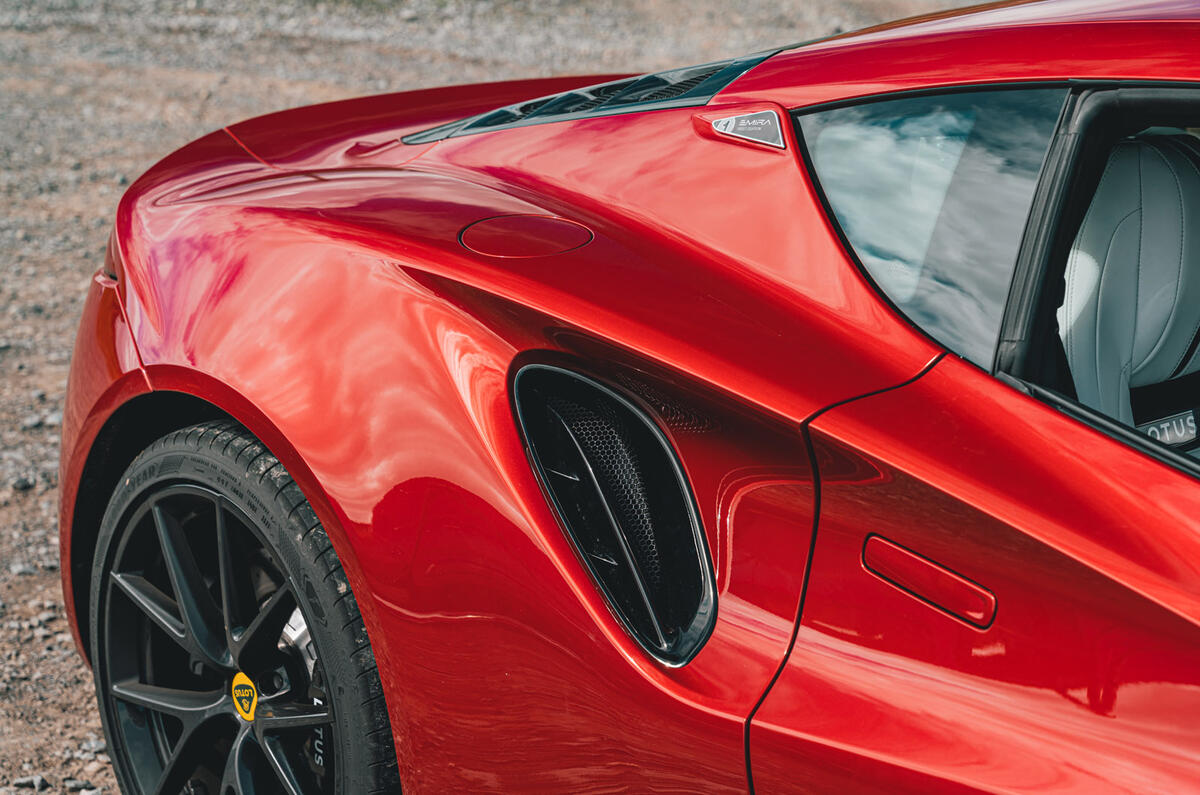
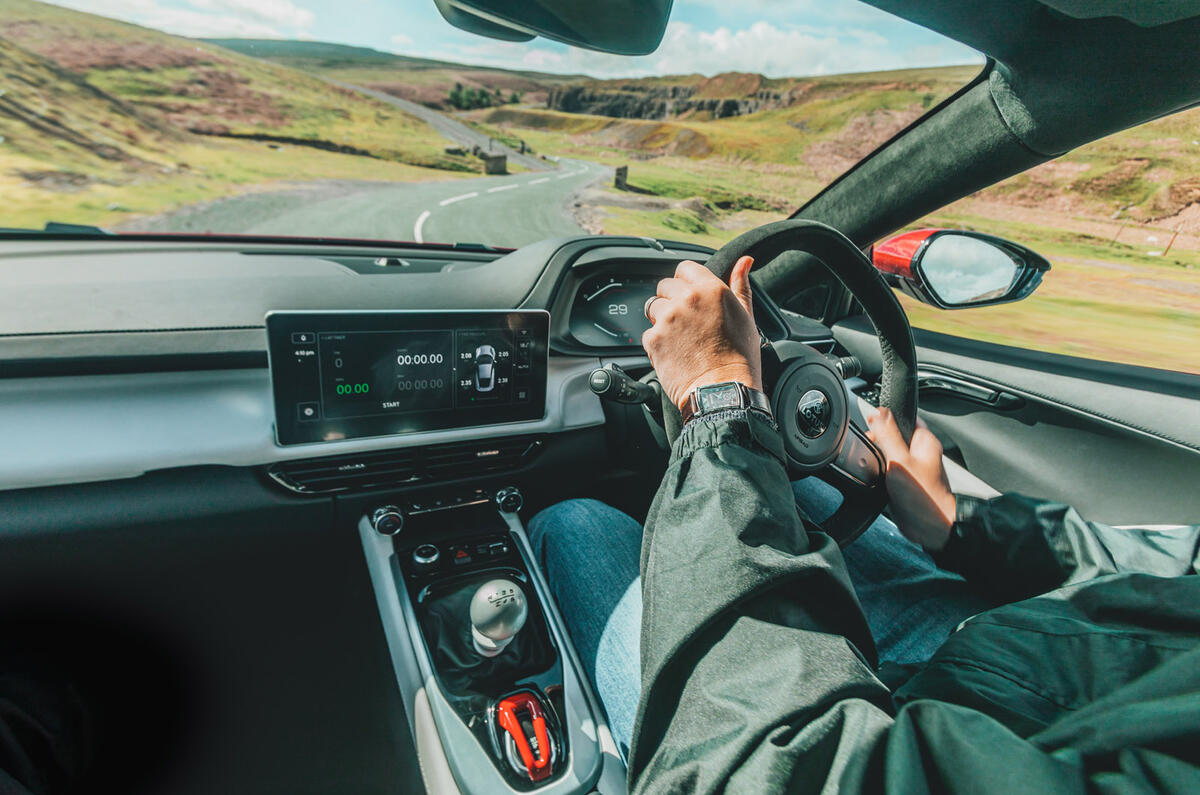
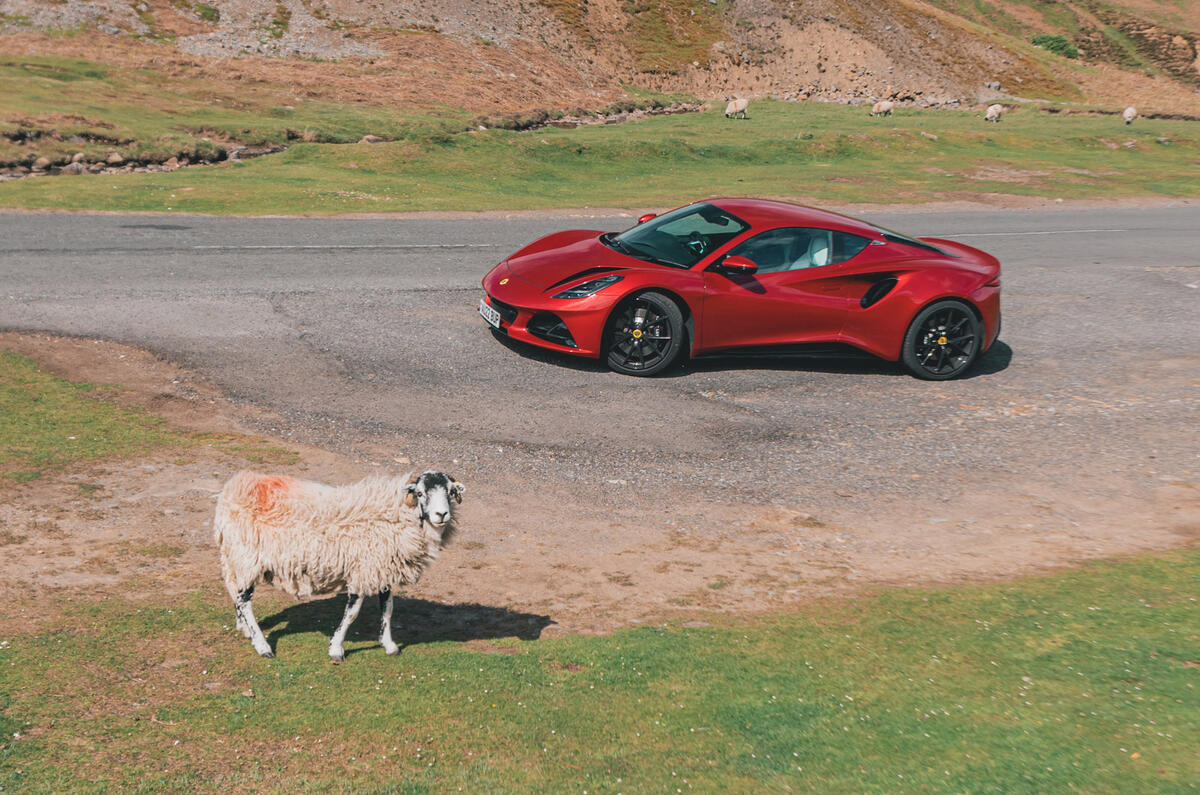
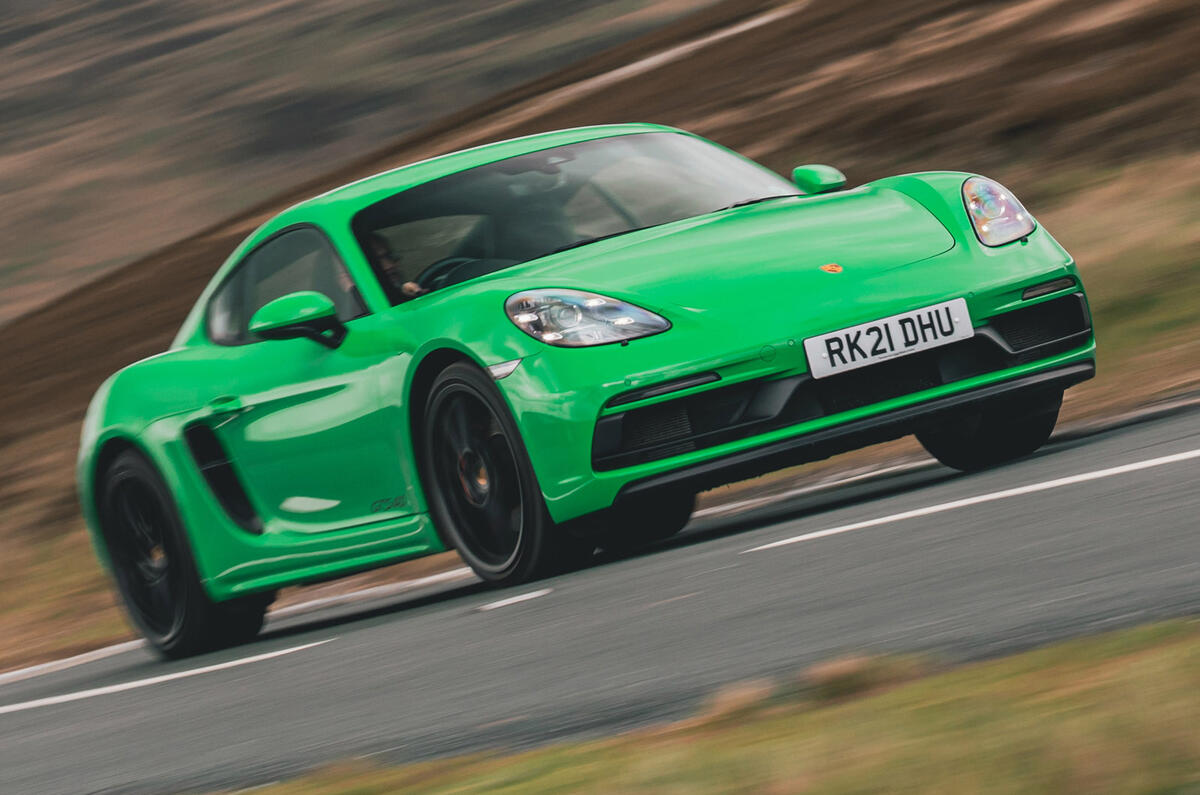
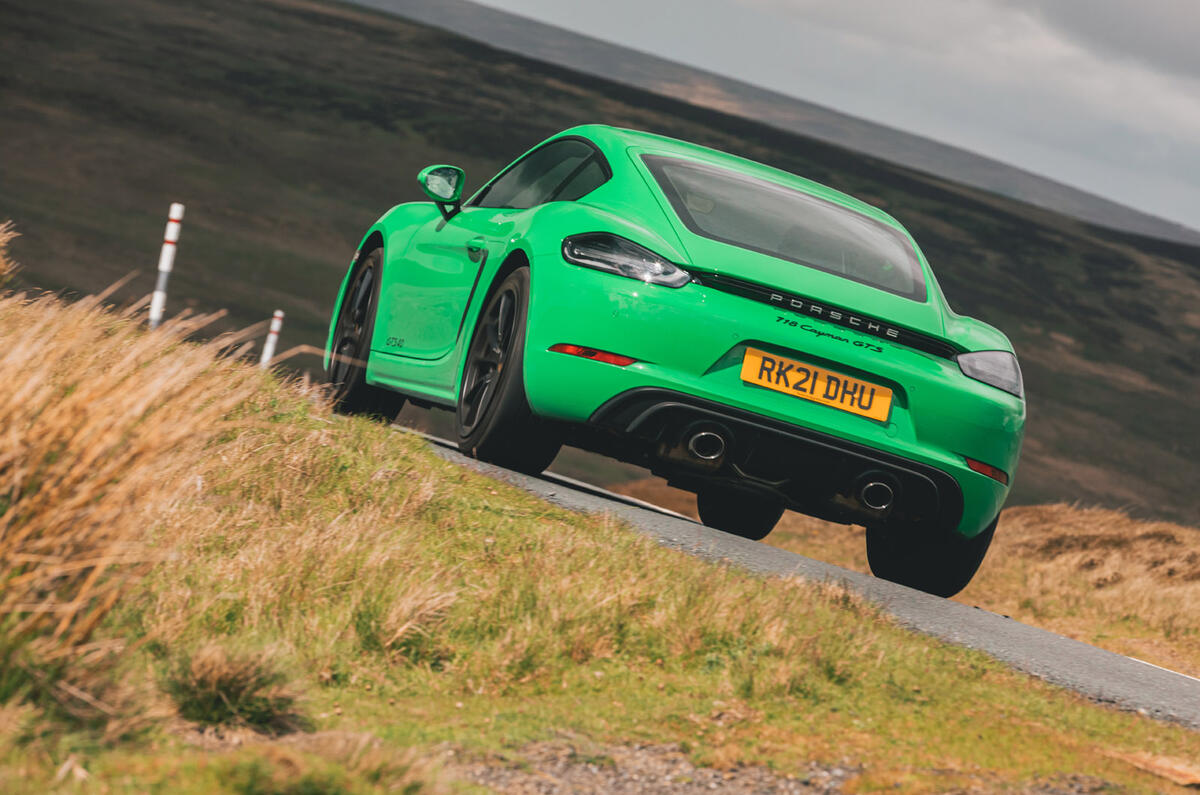
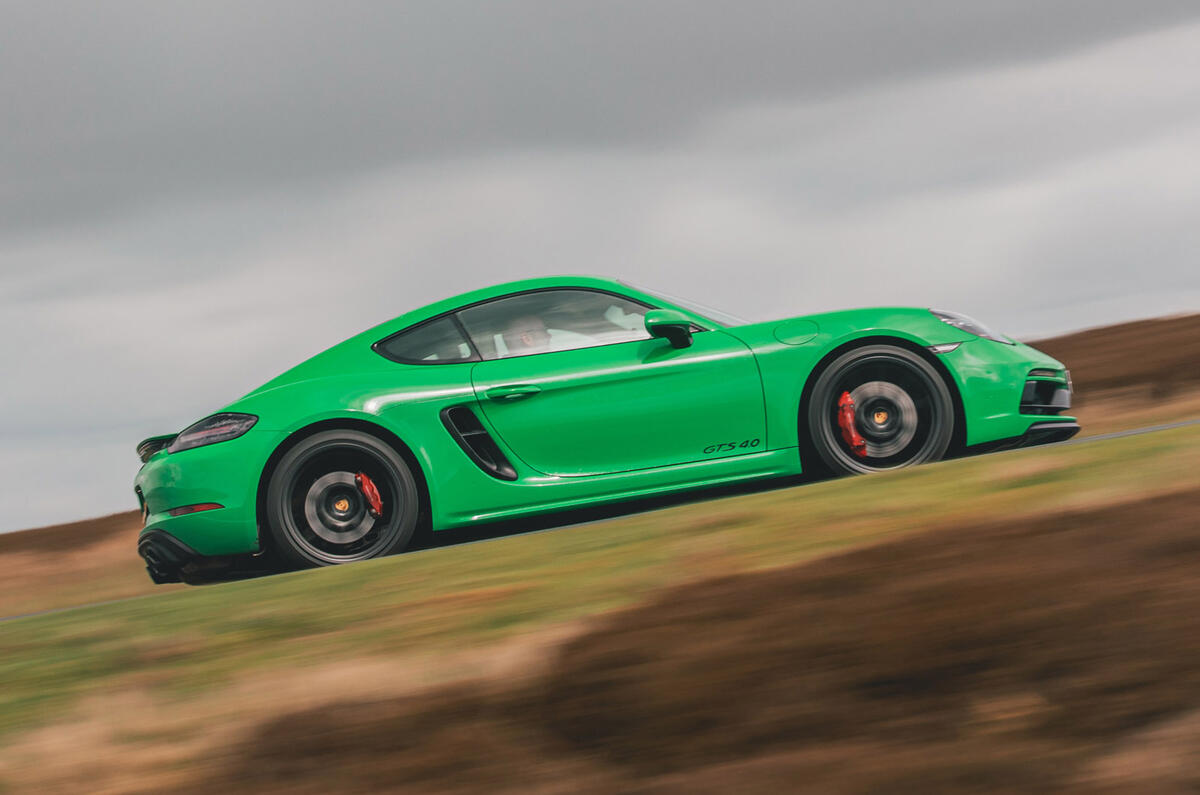
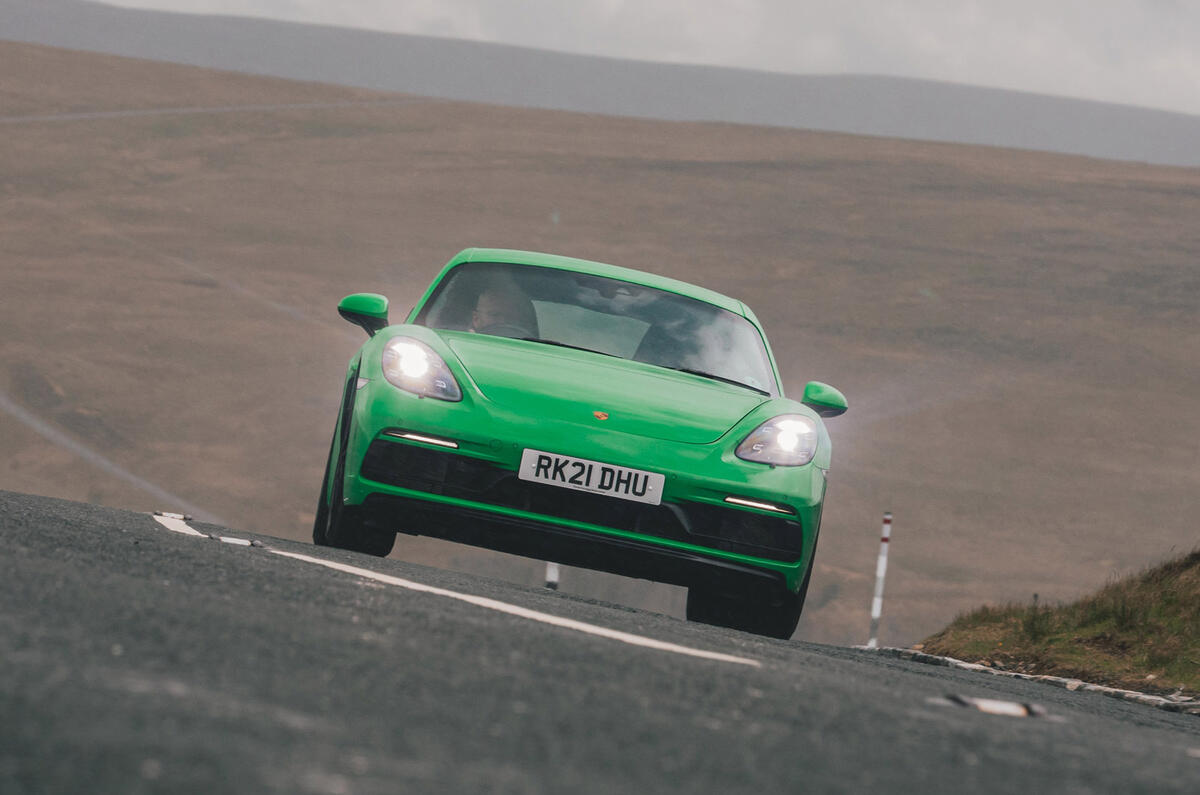
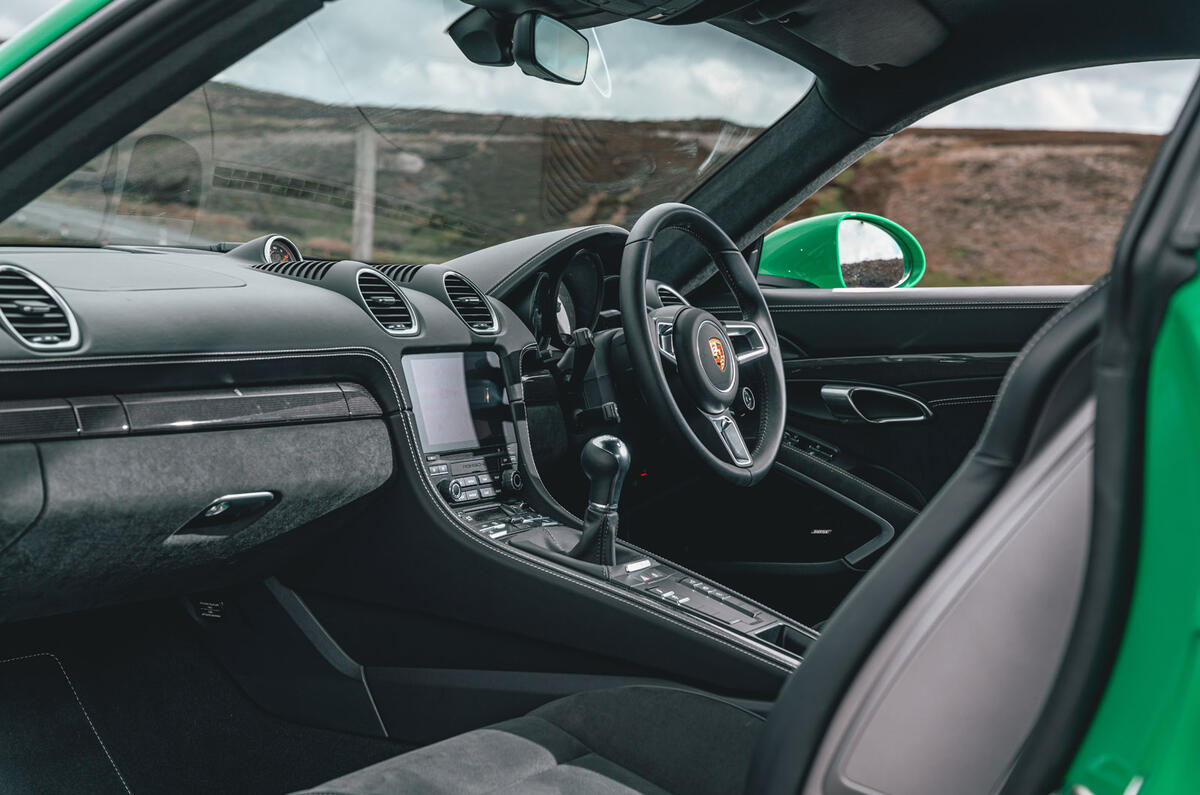
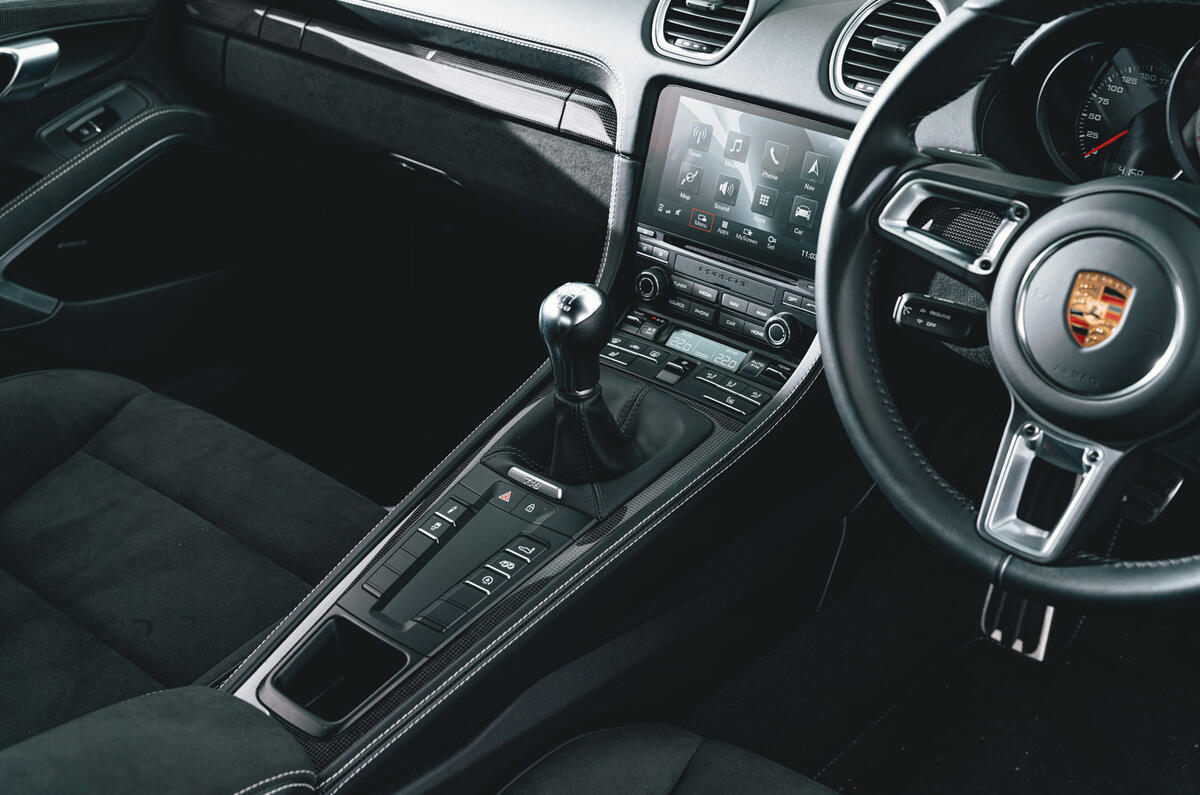
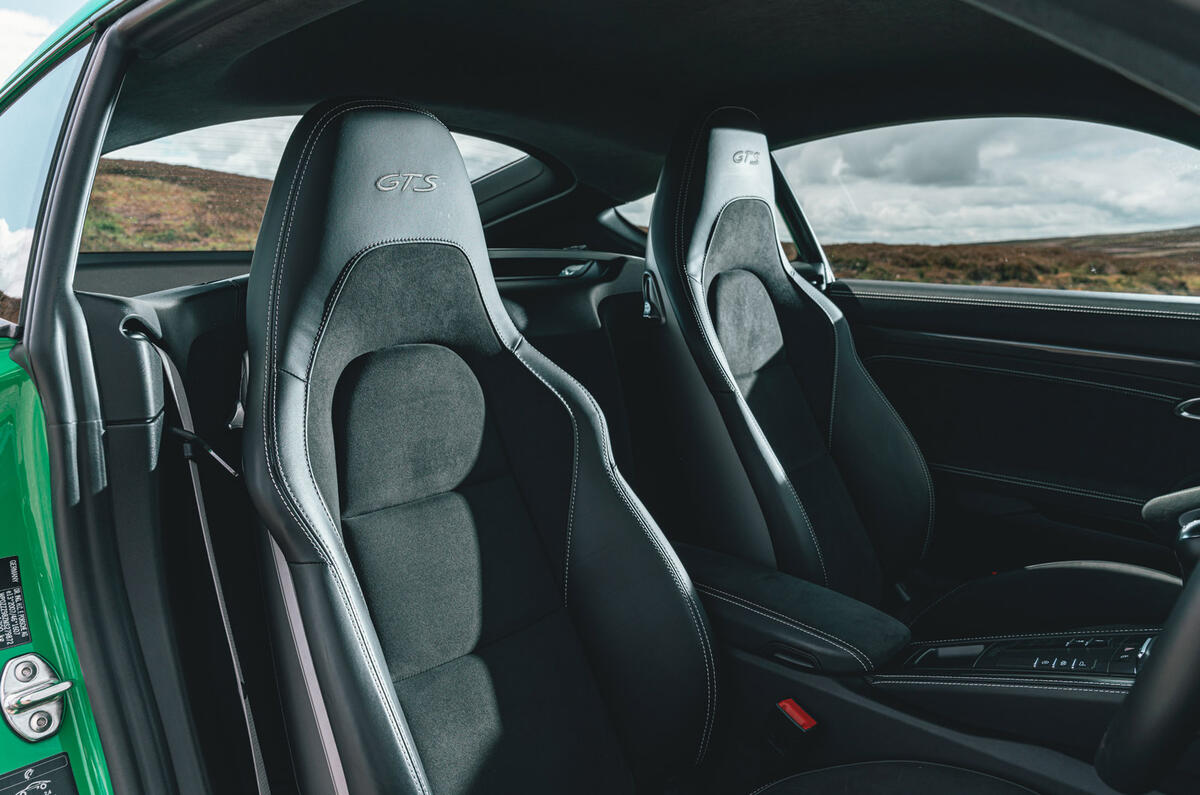
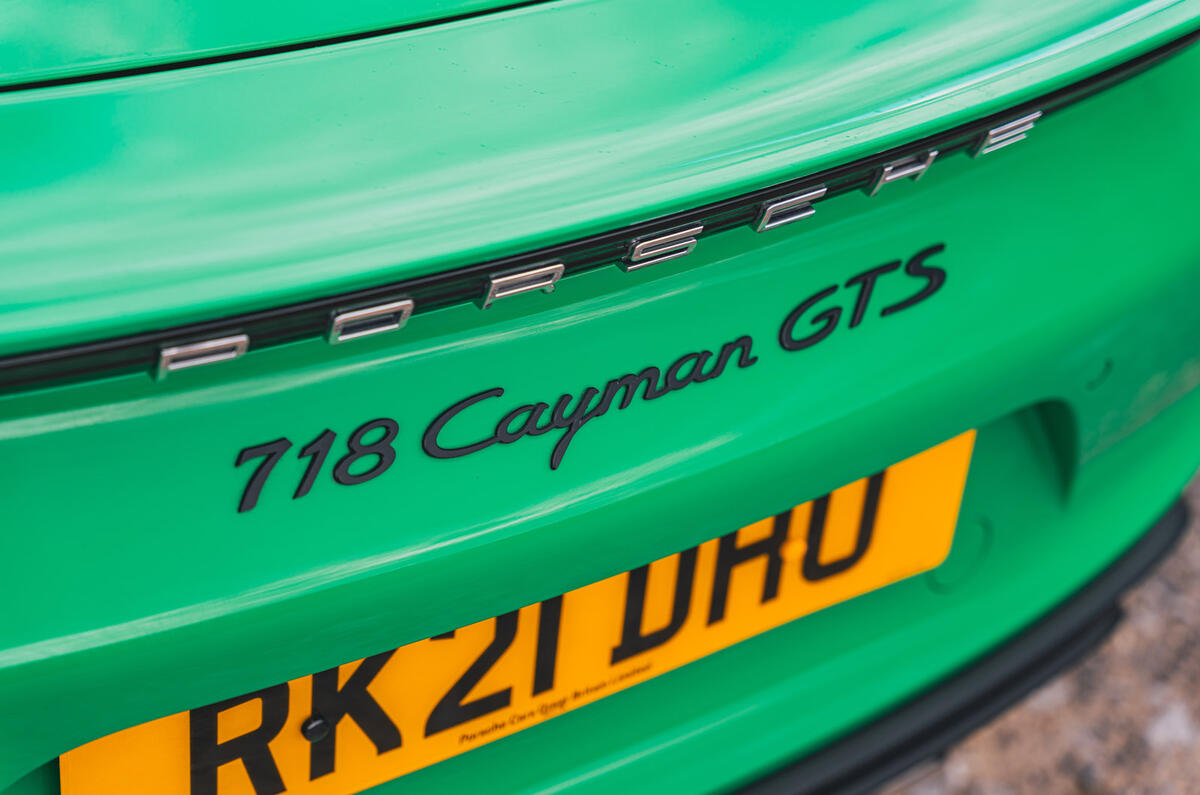
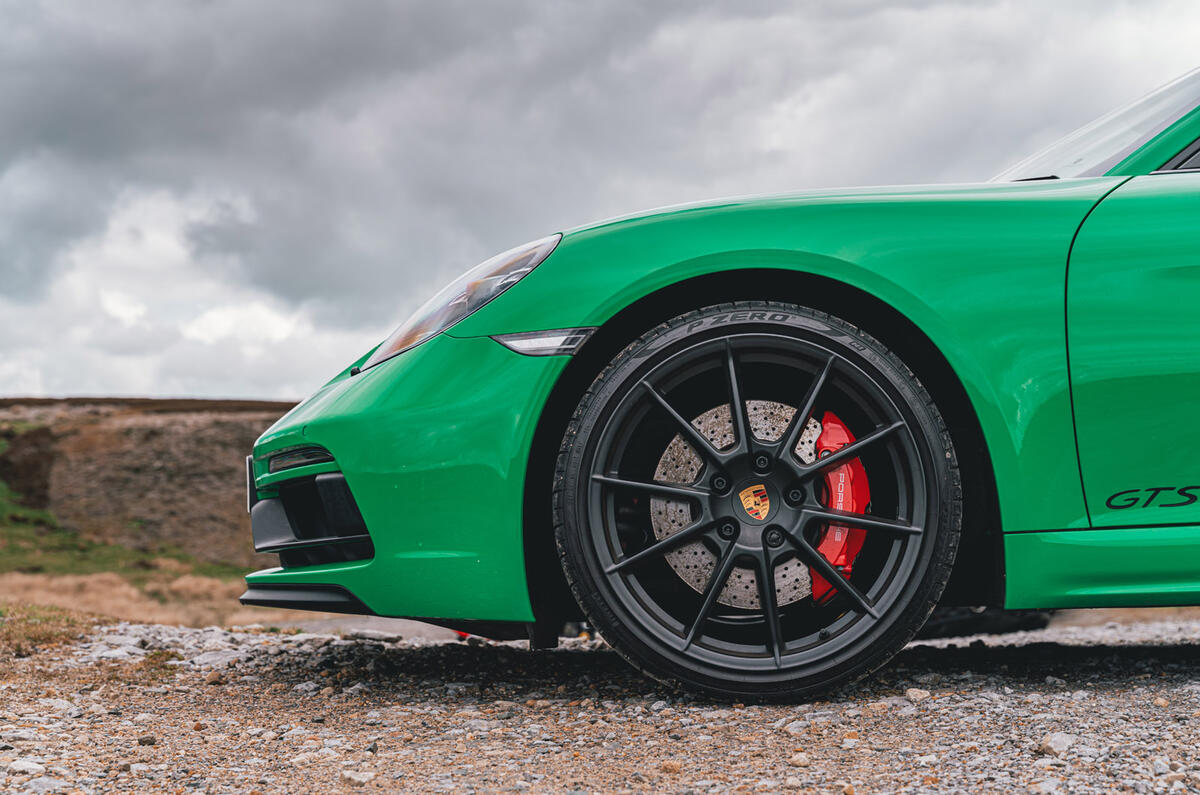
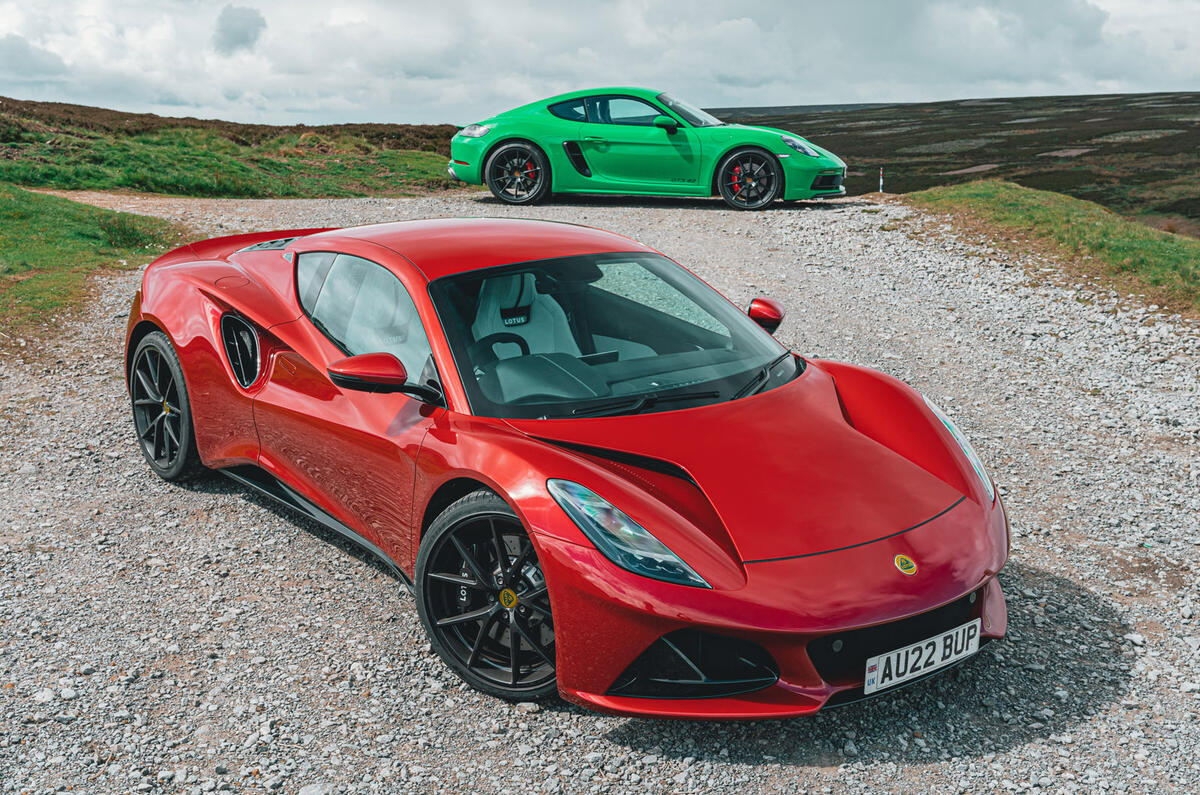
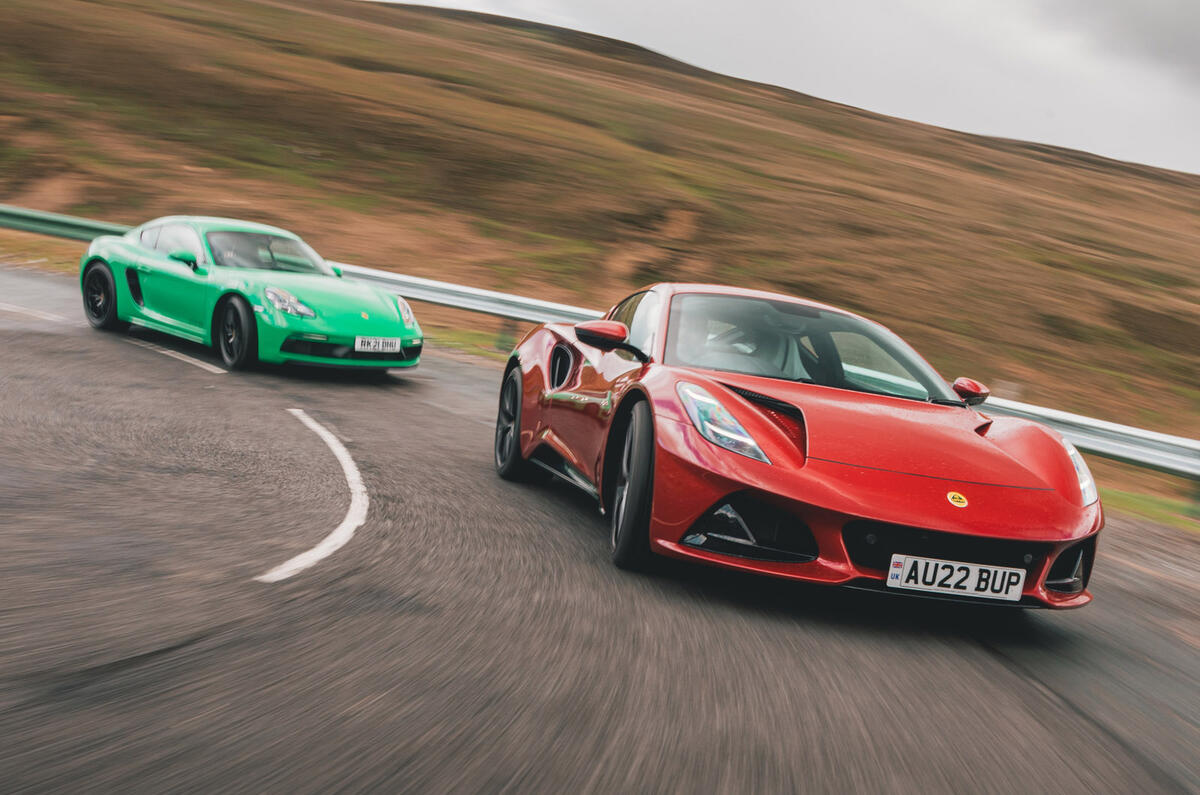
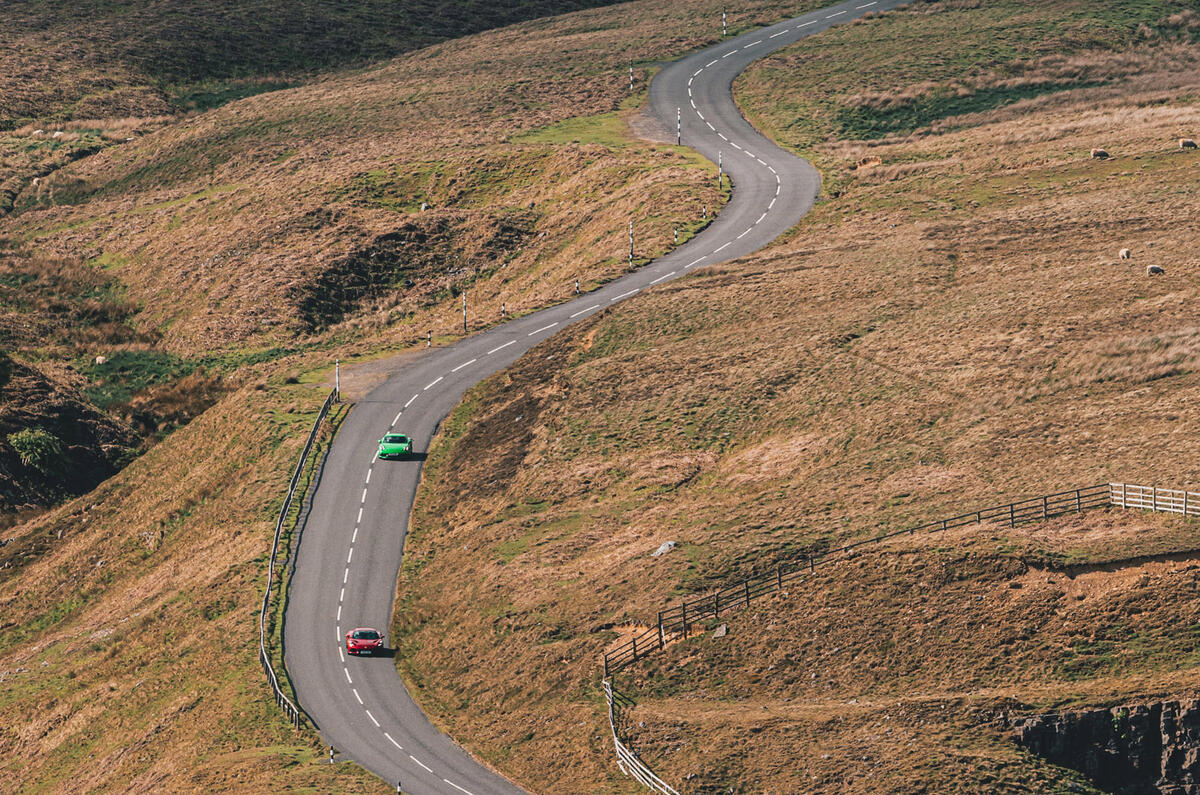
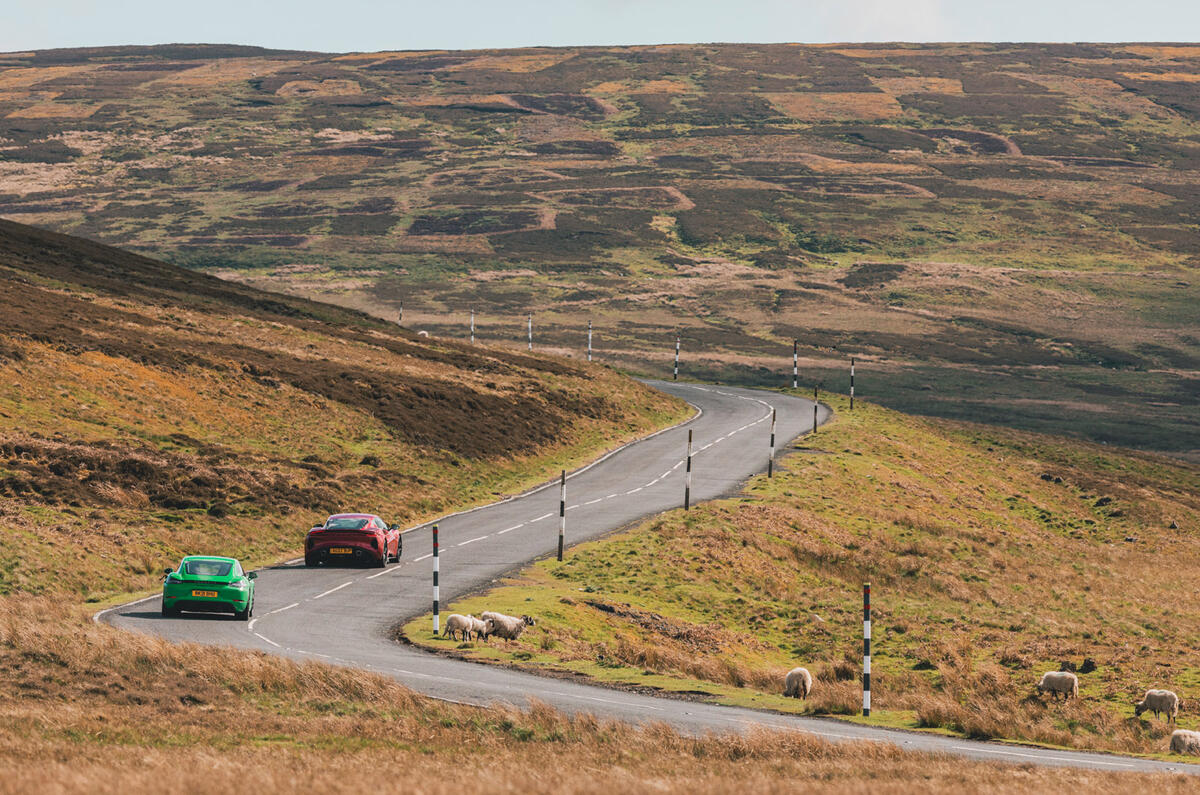


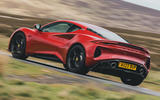
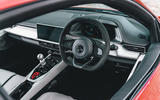
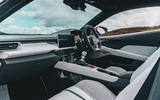
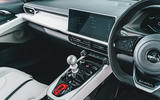
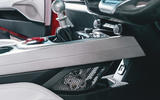
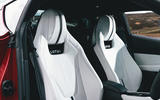
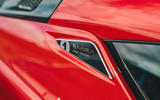







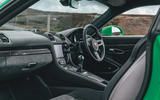
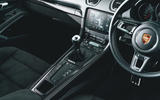
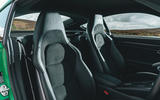
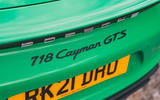
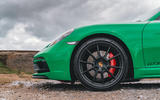



















Join the debate
Add your comment
gareth you are probably right, 100% of onlookers would be looking at the Lotus, meanwhile 90% of buyers will be enjoying the Cayman. Theres a very good reason successful people choose a 7yr old platform from Stuttgart over the 'latest and greatest' from Hethel. One day Gareth, if your really lucky you too will know.
Comment spamming Porsche fanboy thinks this is achieving something?
@Bore911 you might be surprised how many of us could afford a Porsche or two. We're just not that dull, champ.